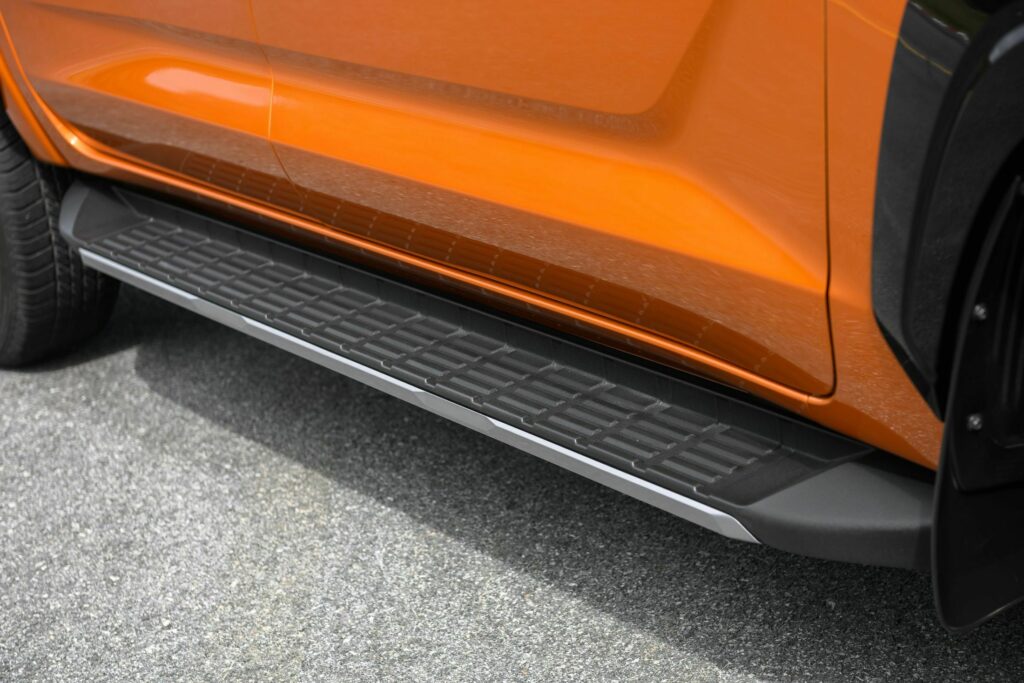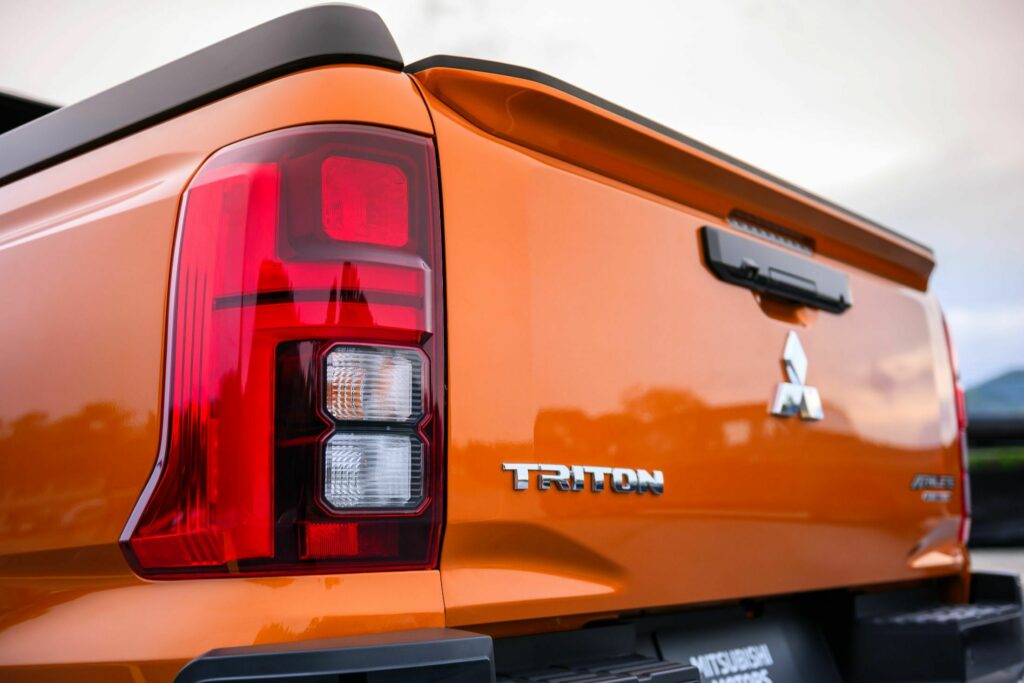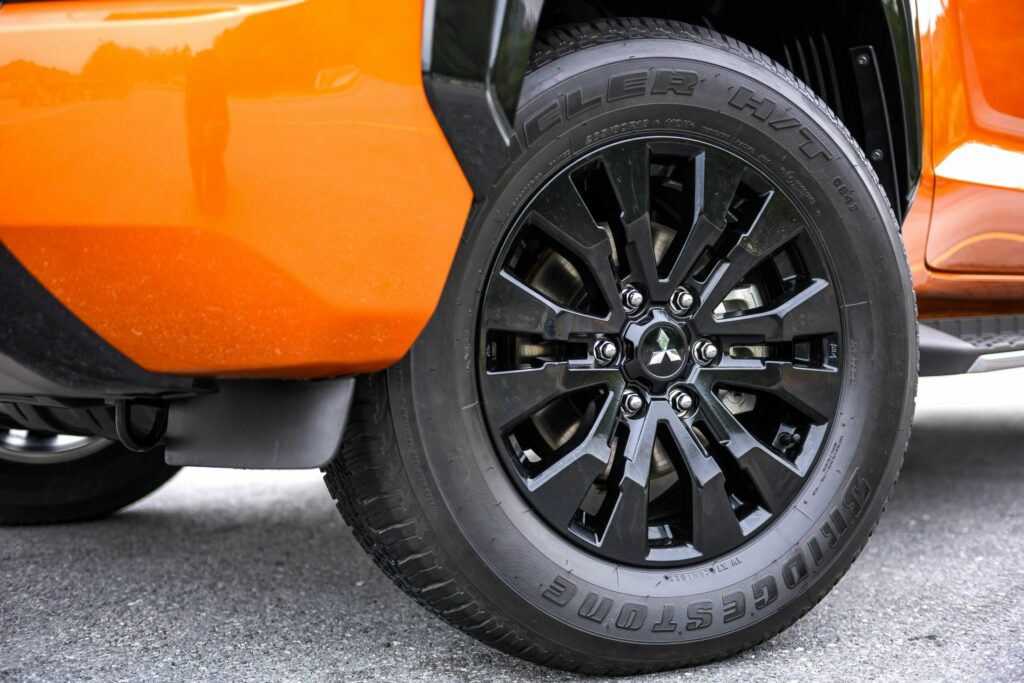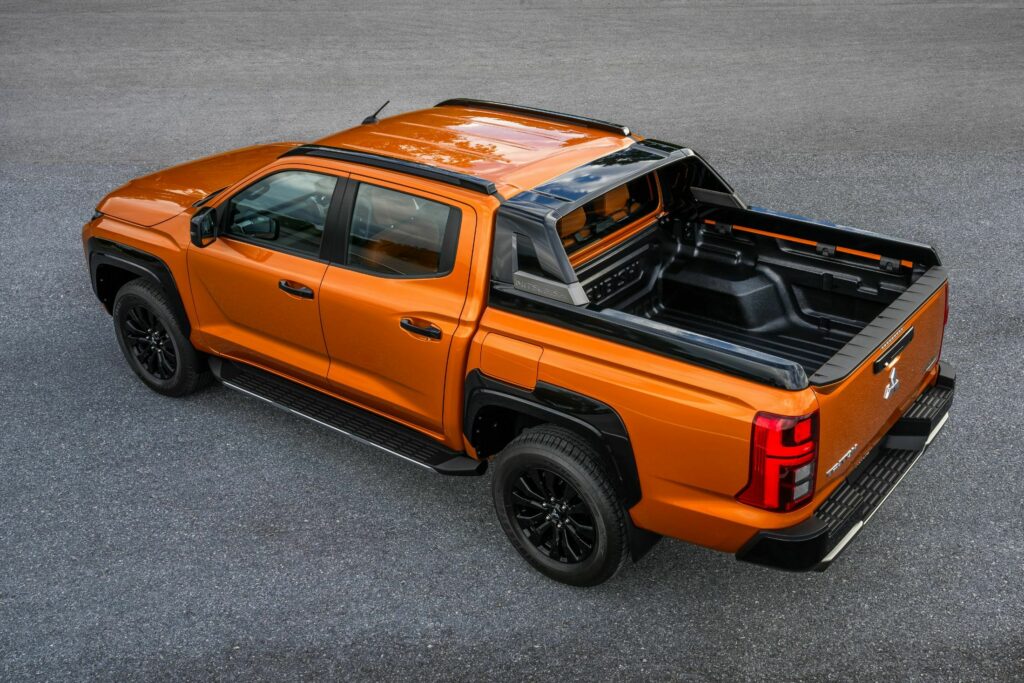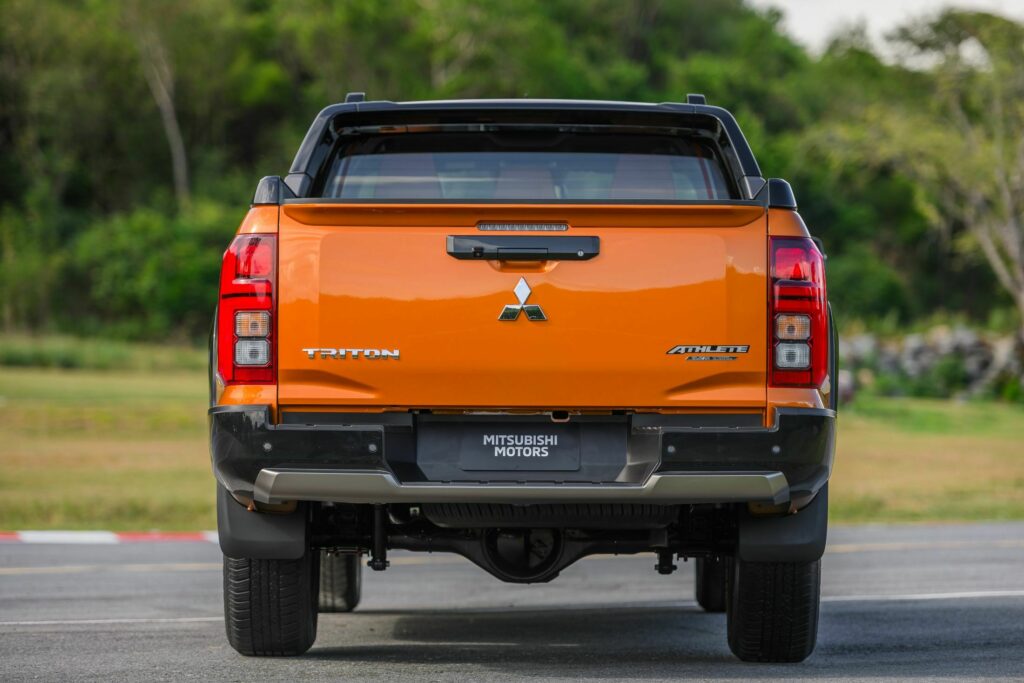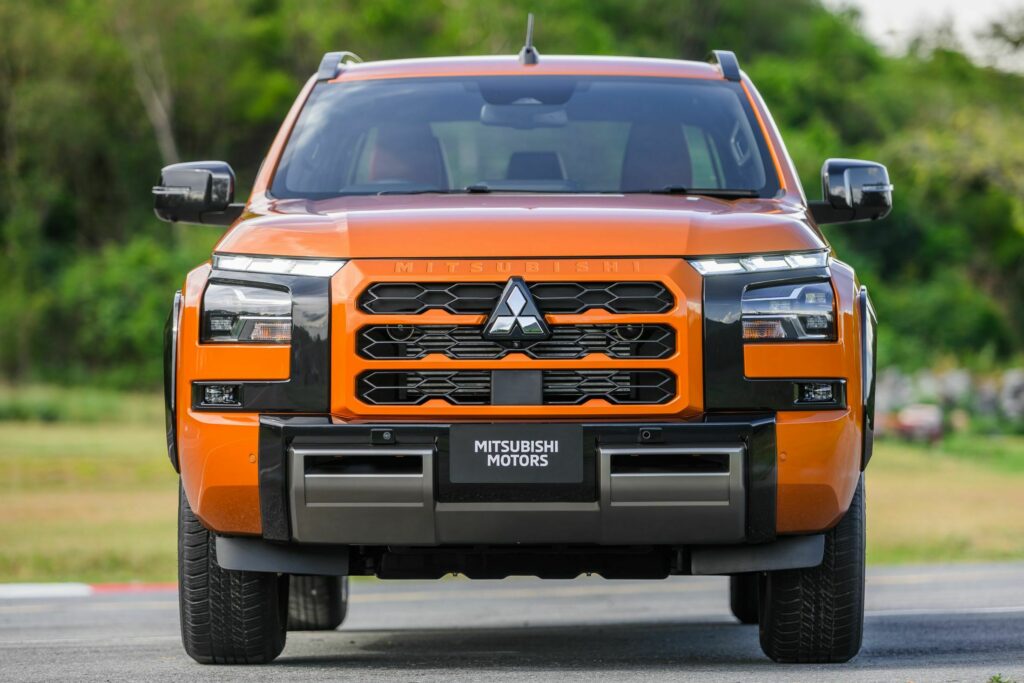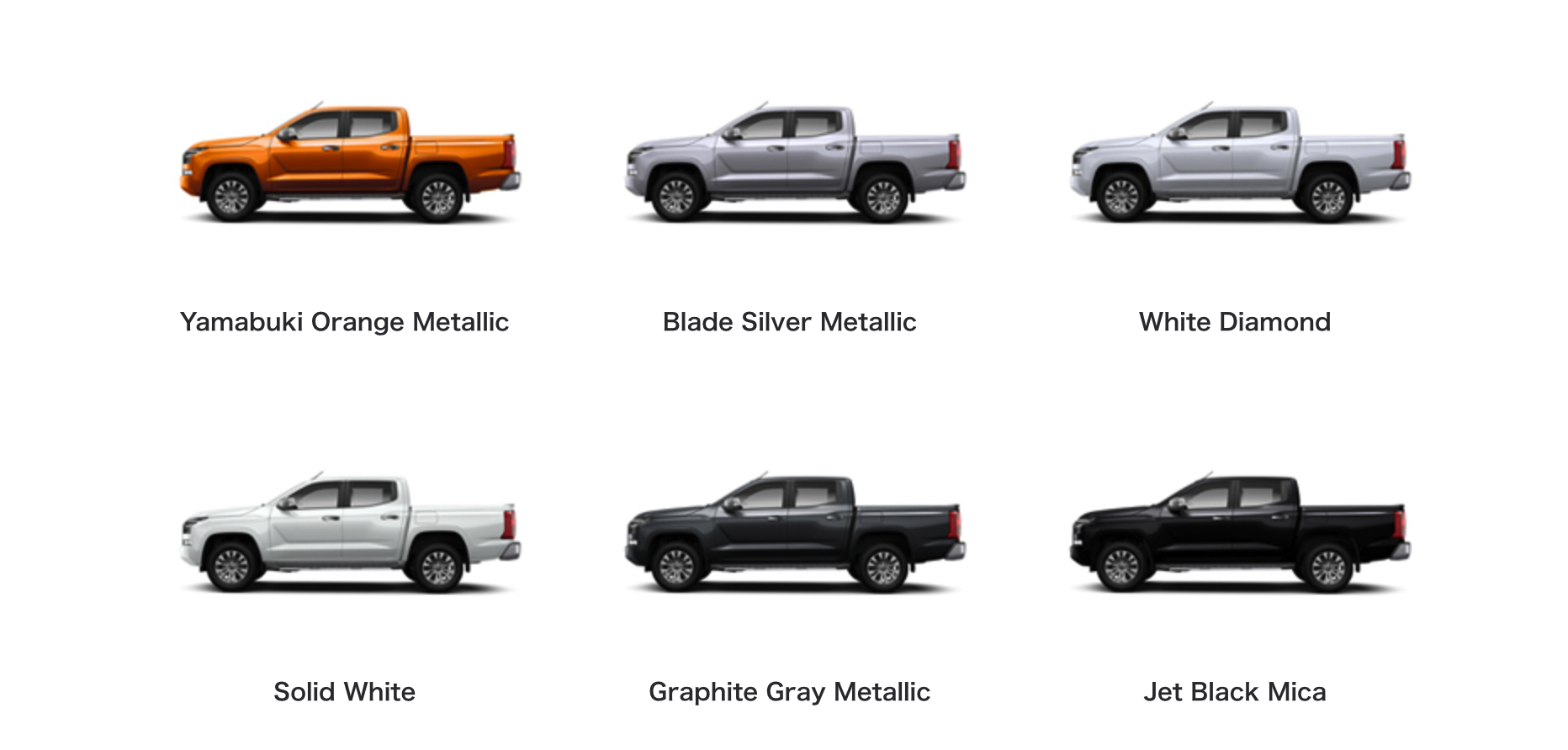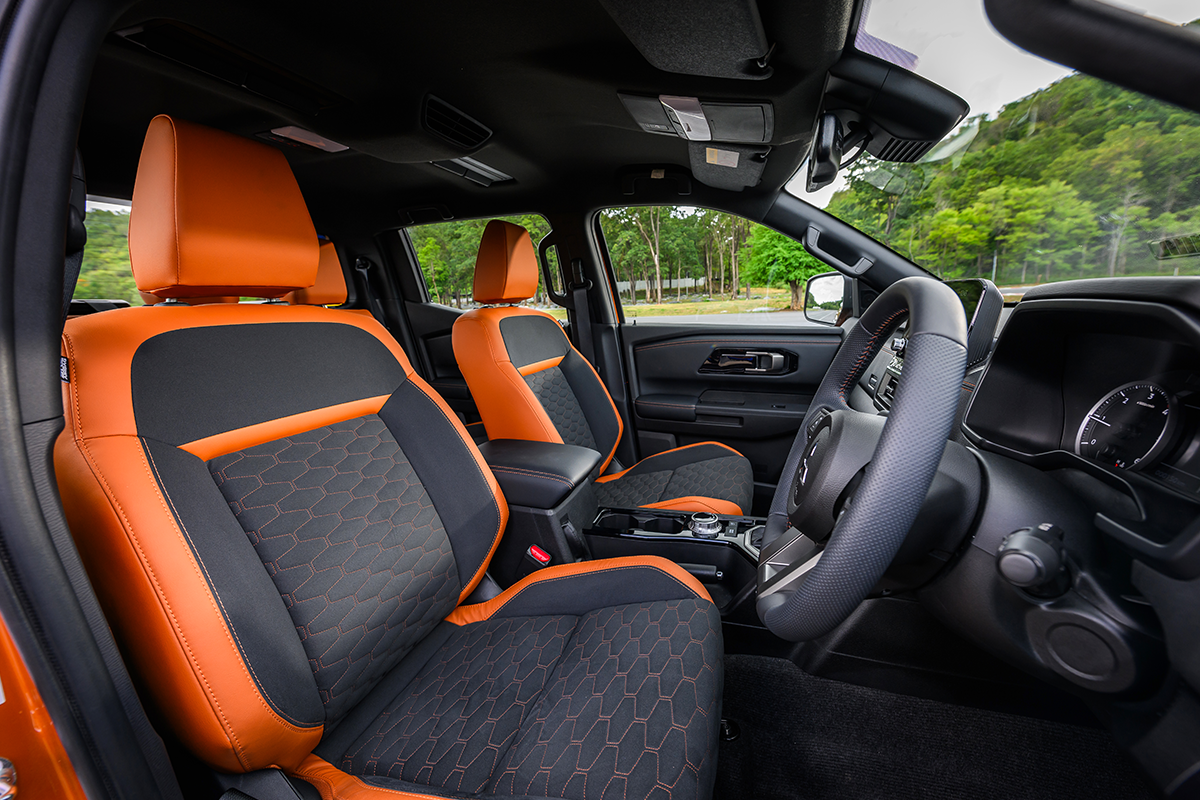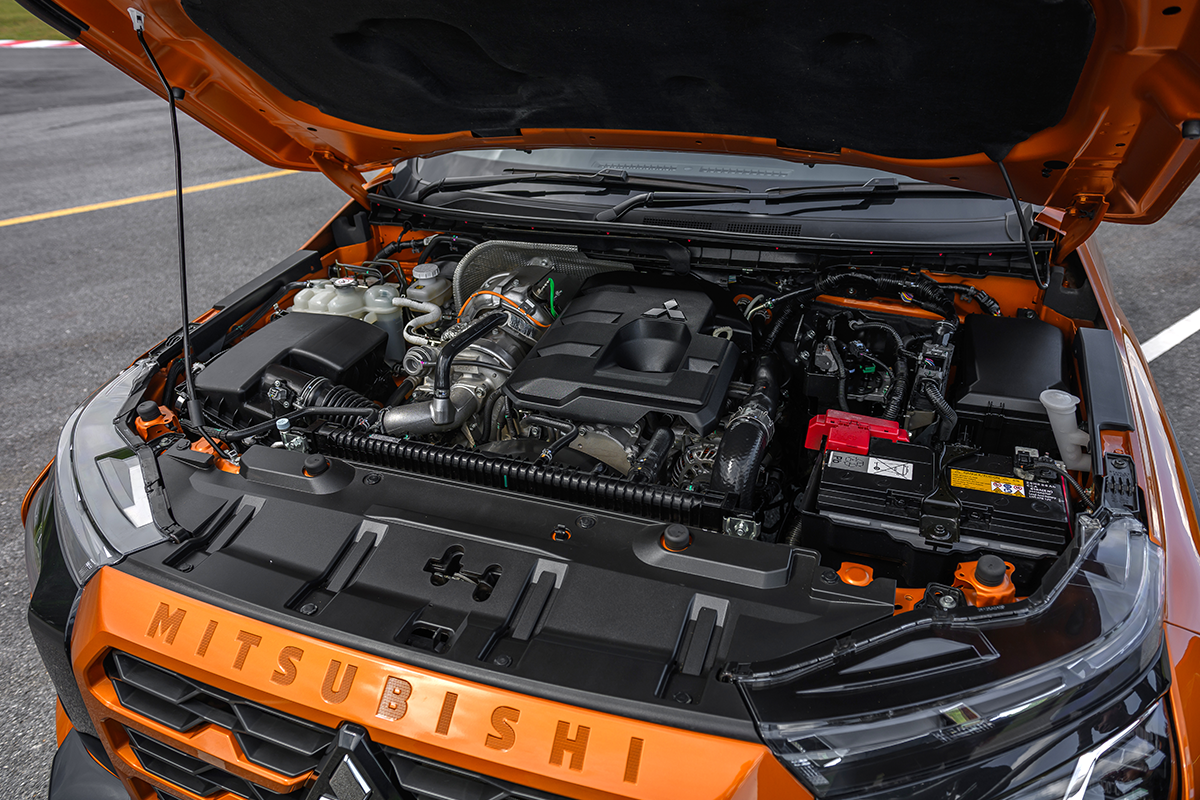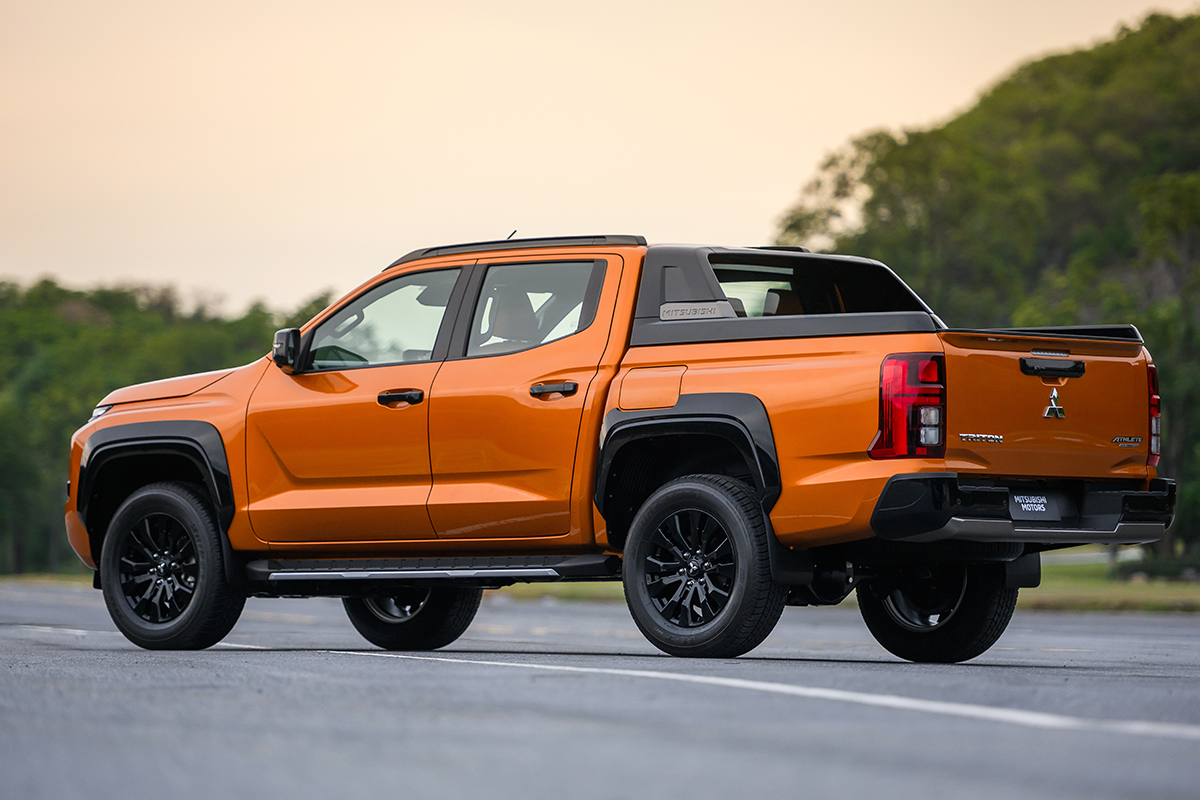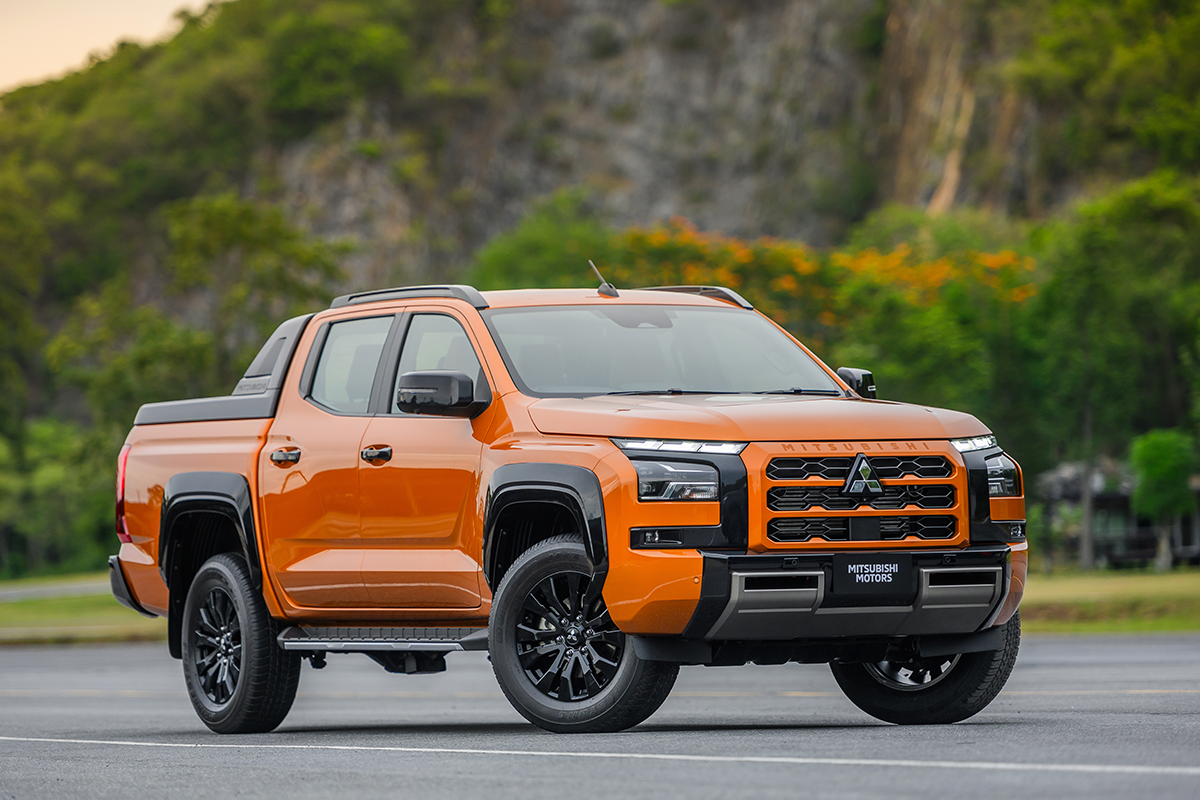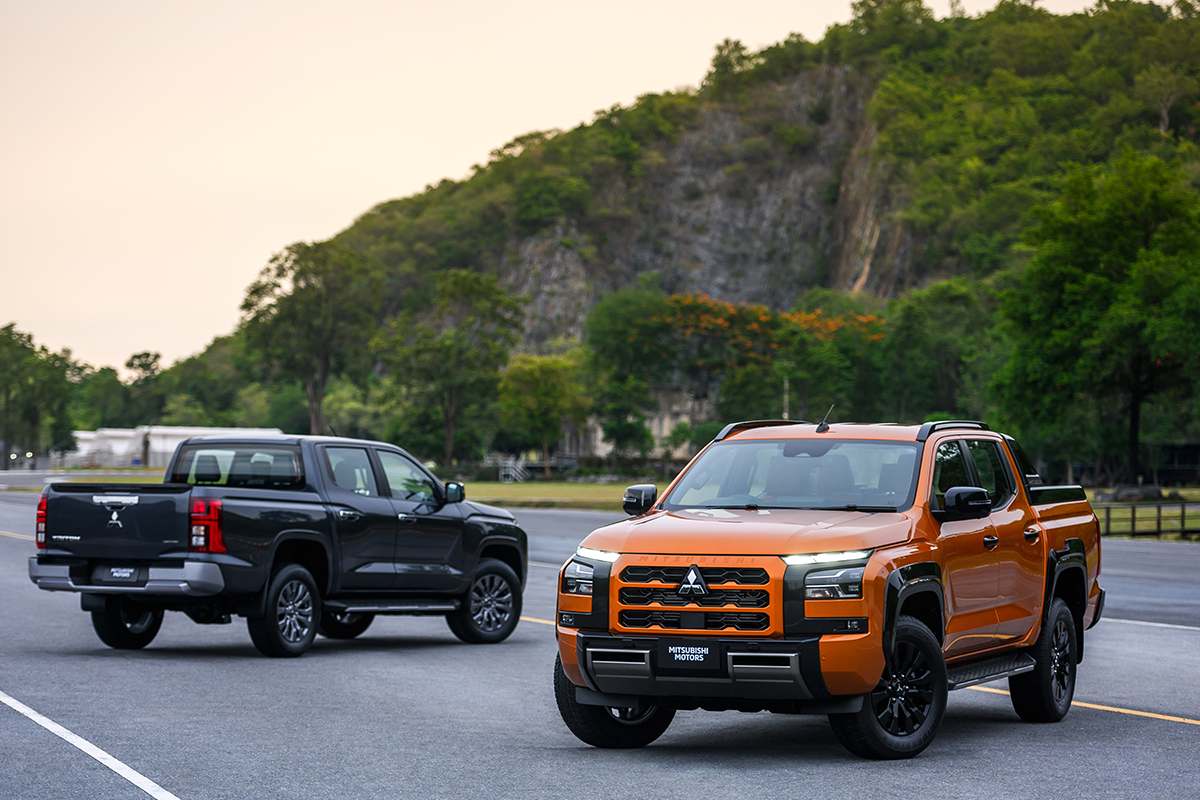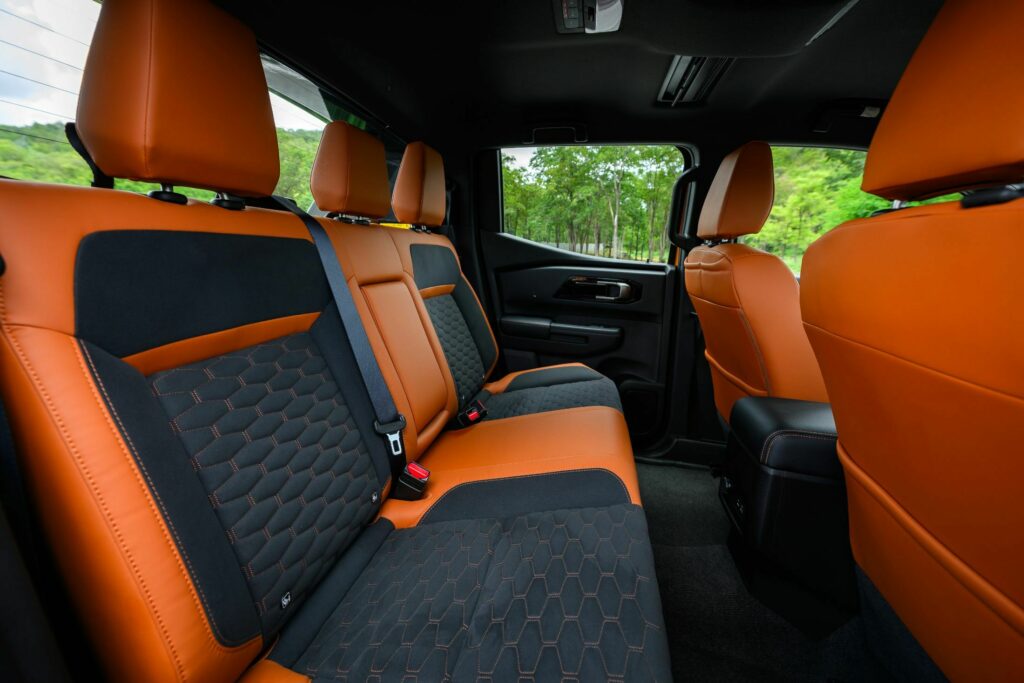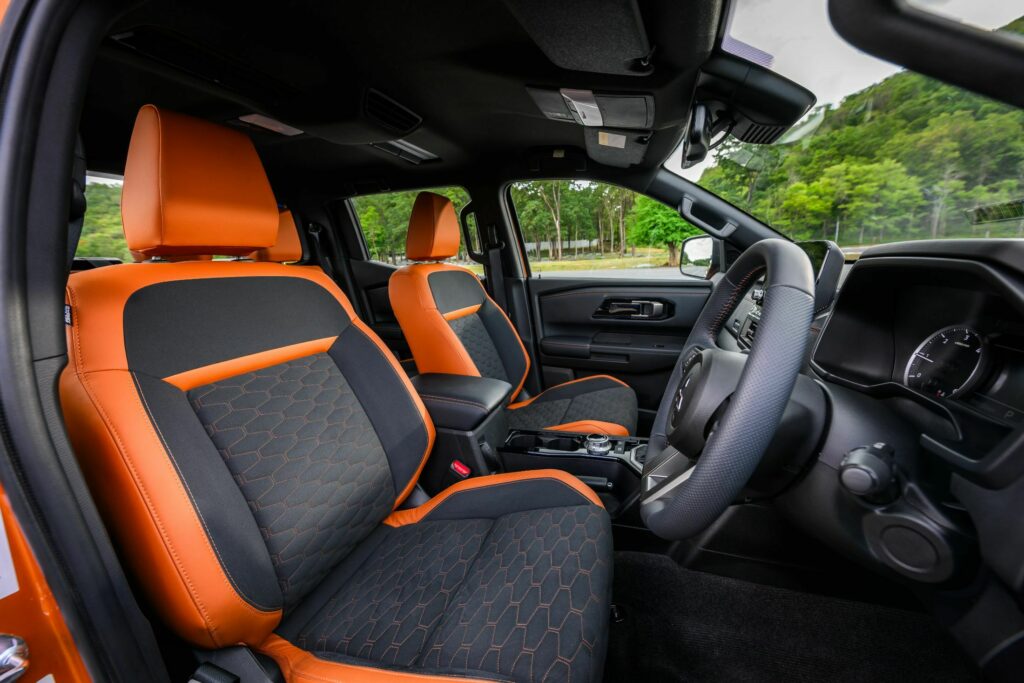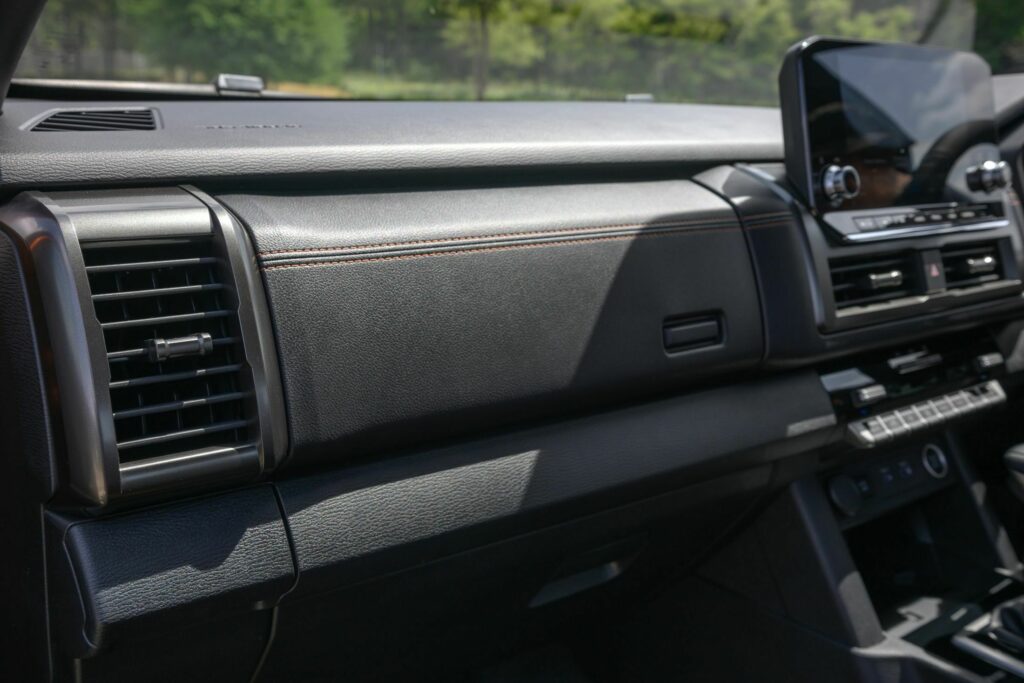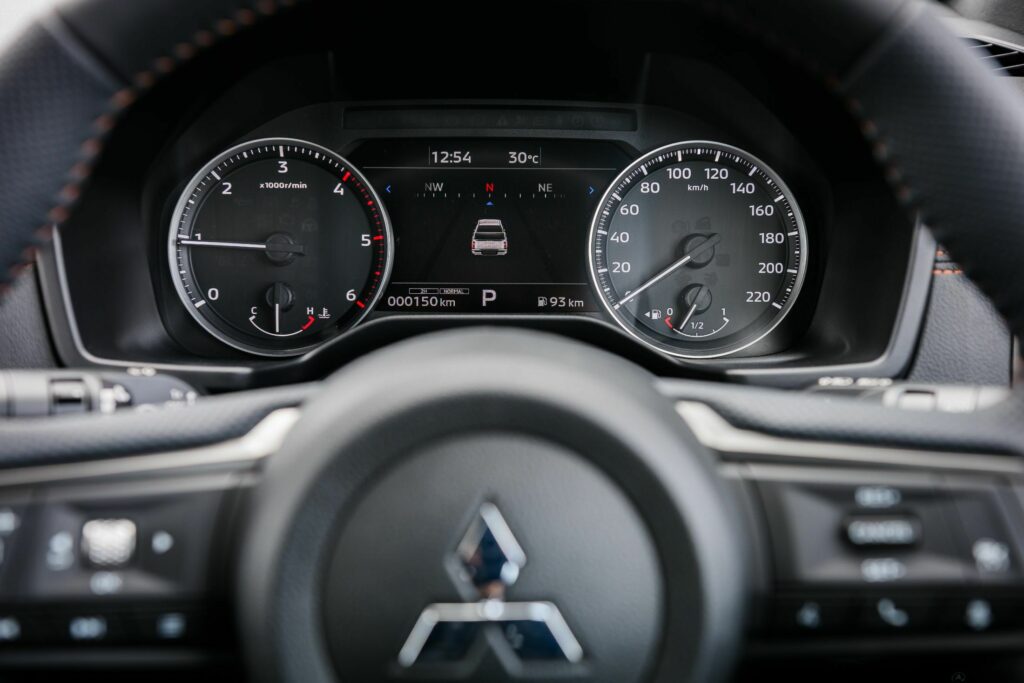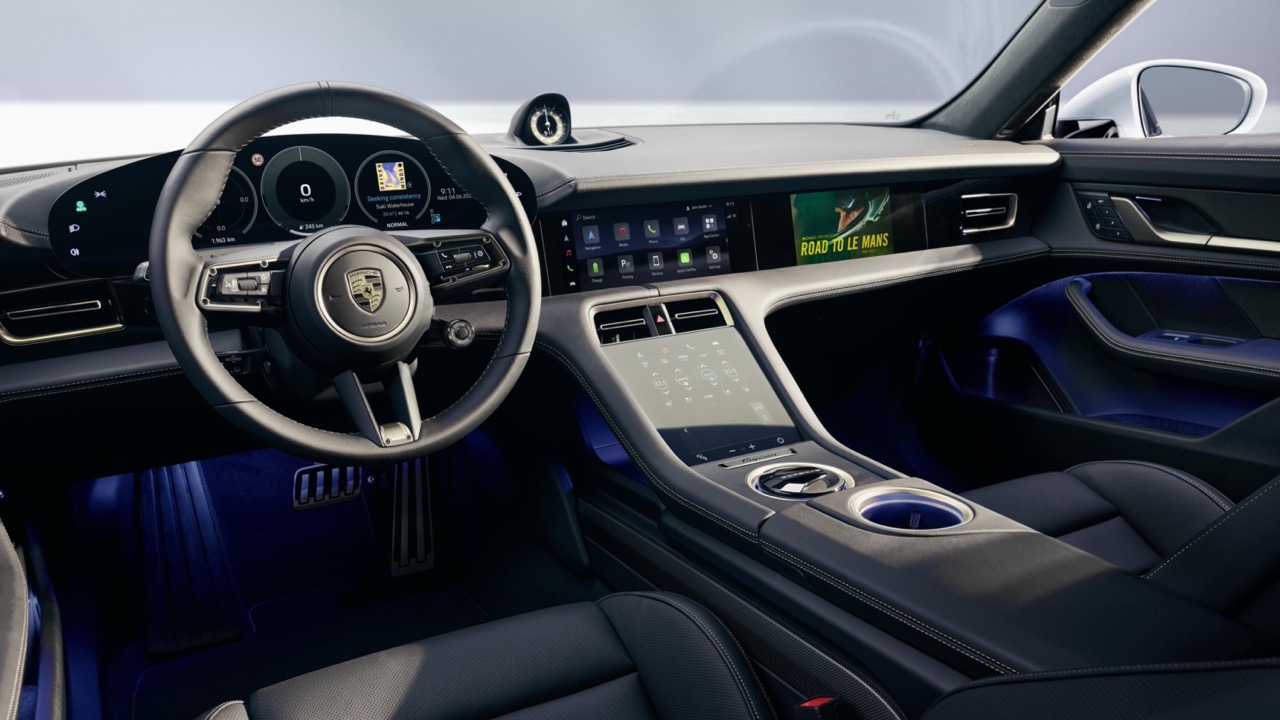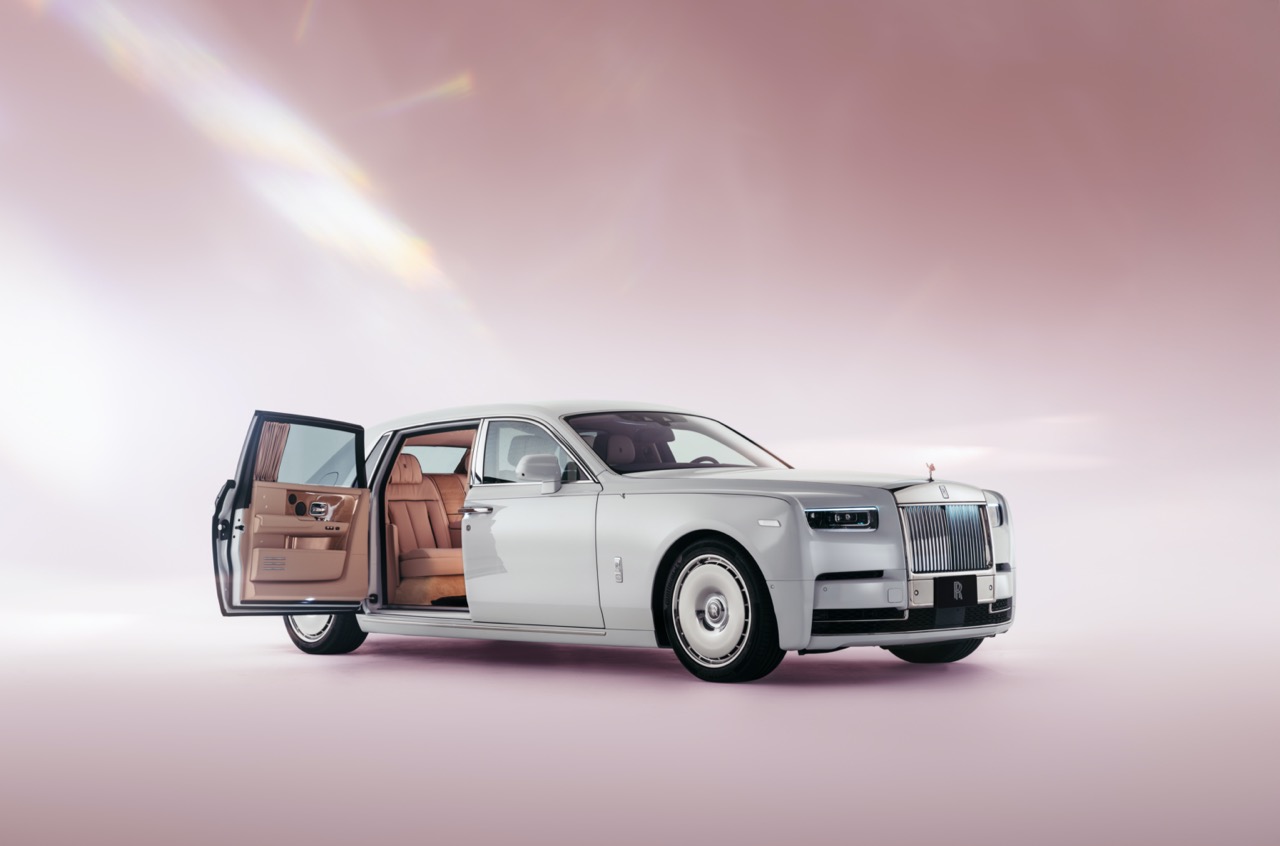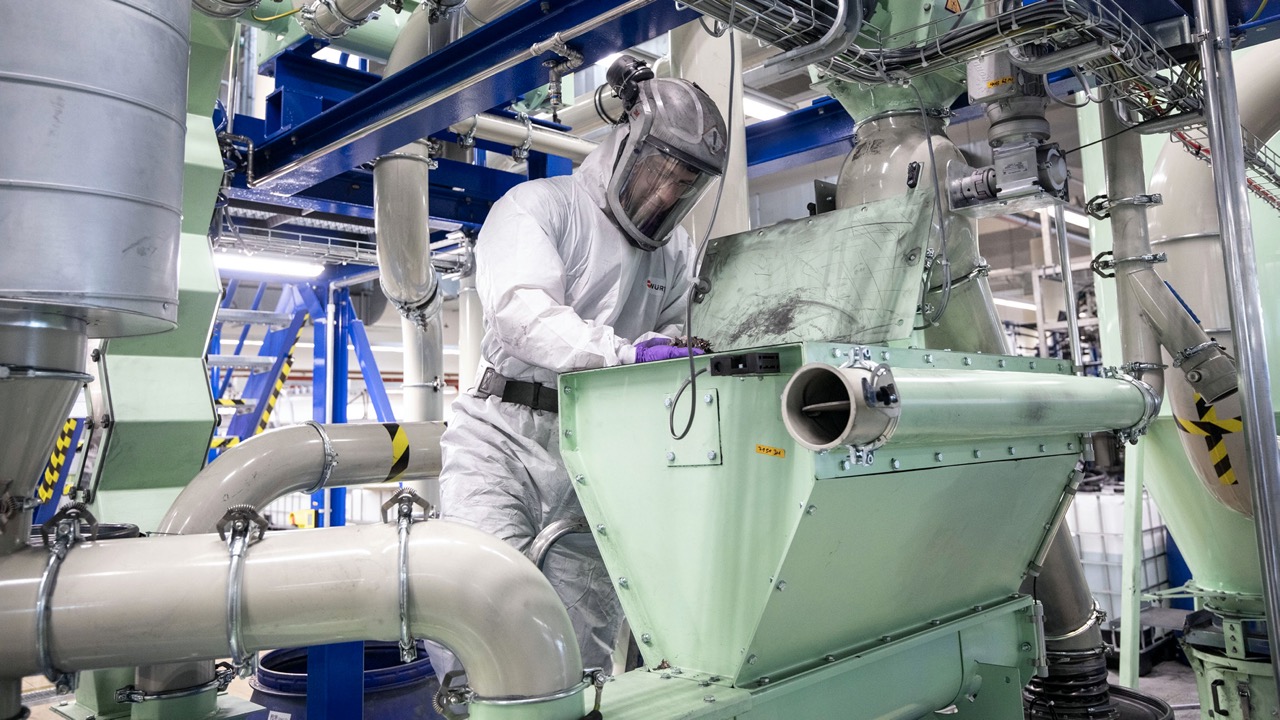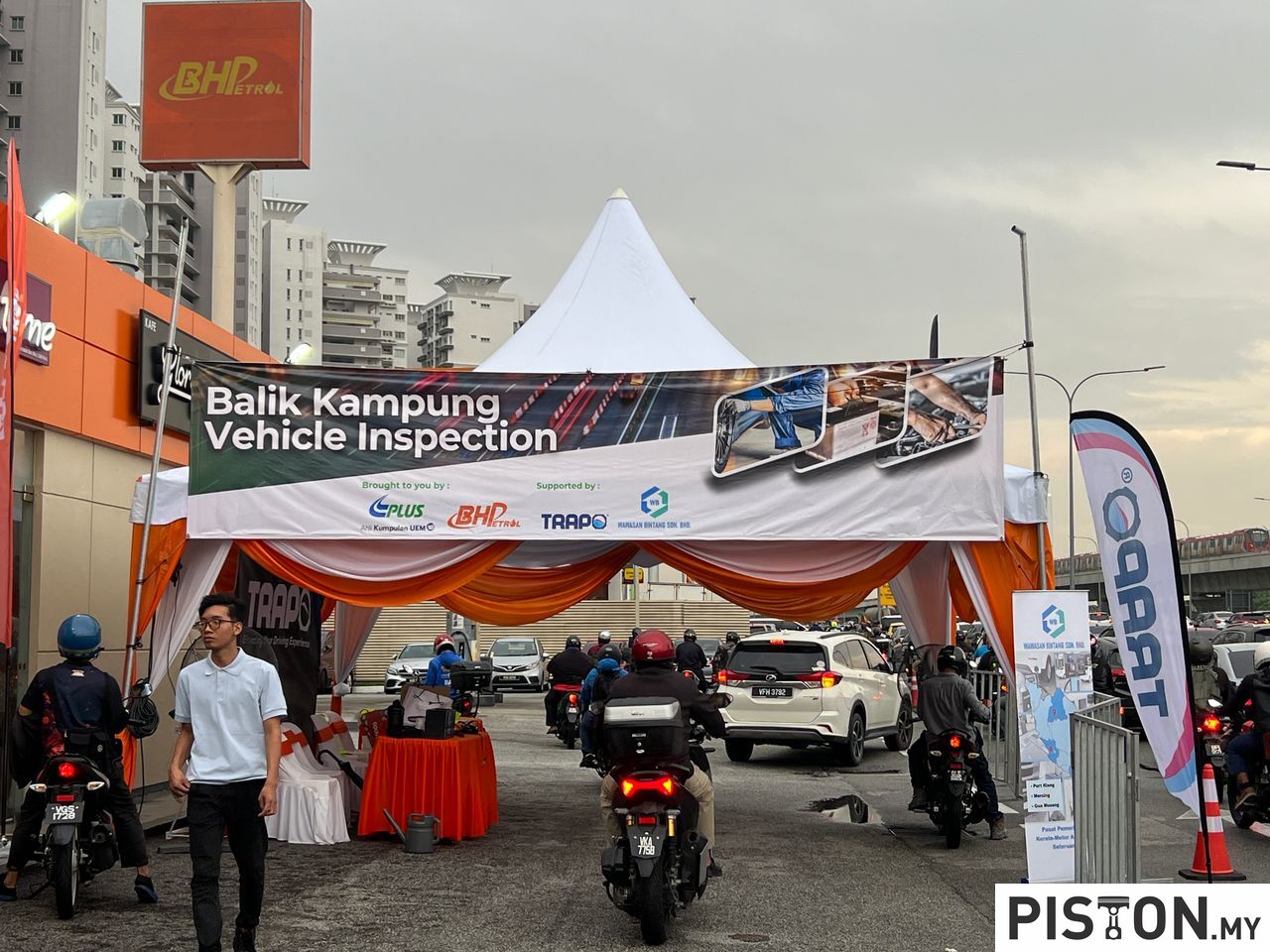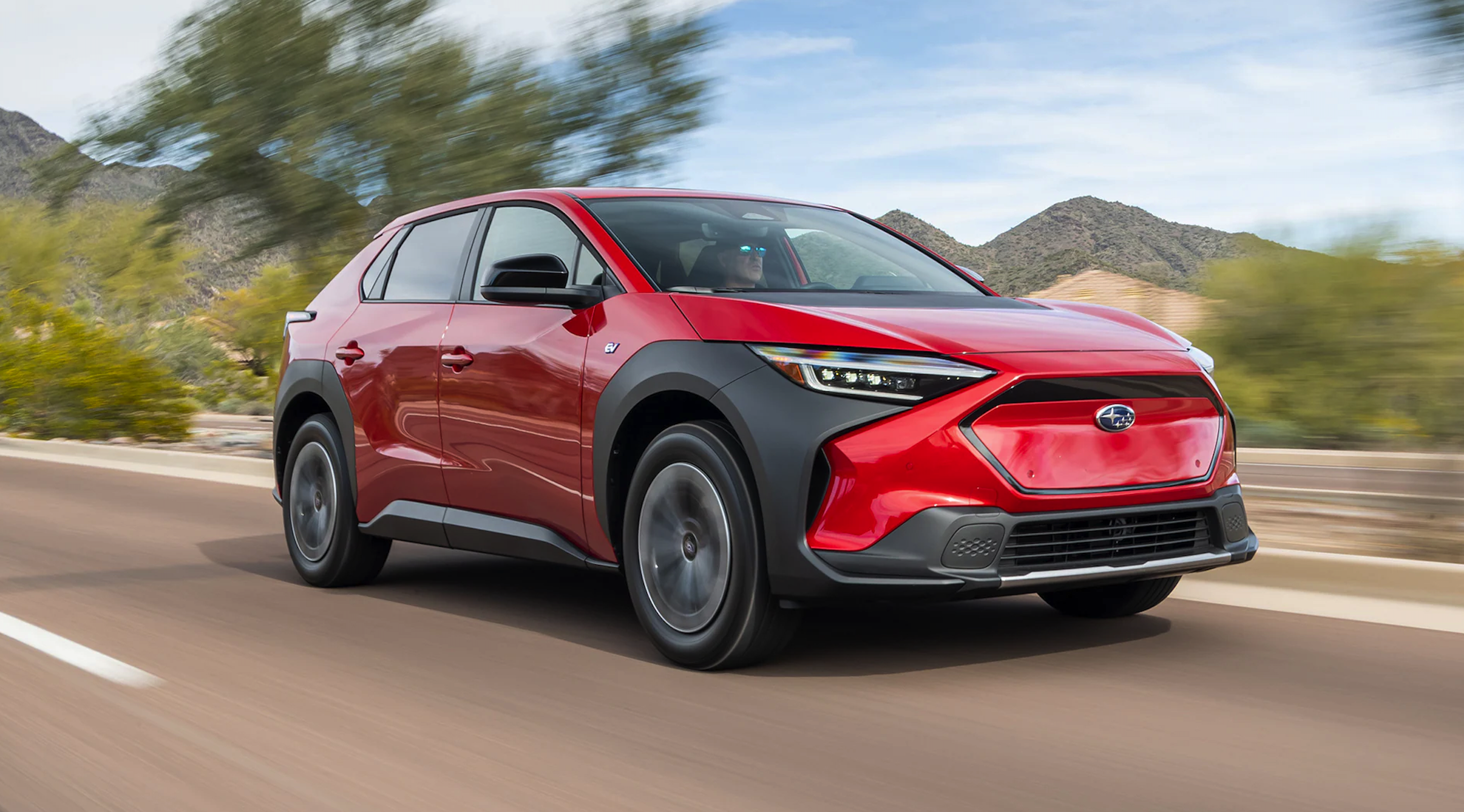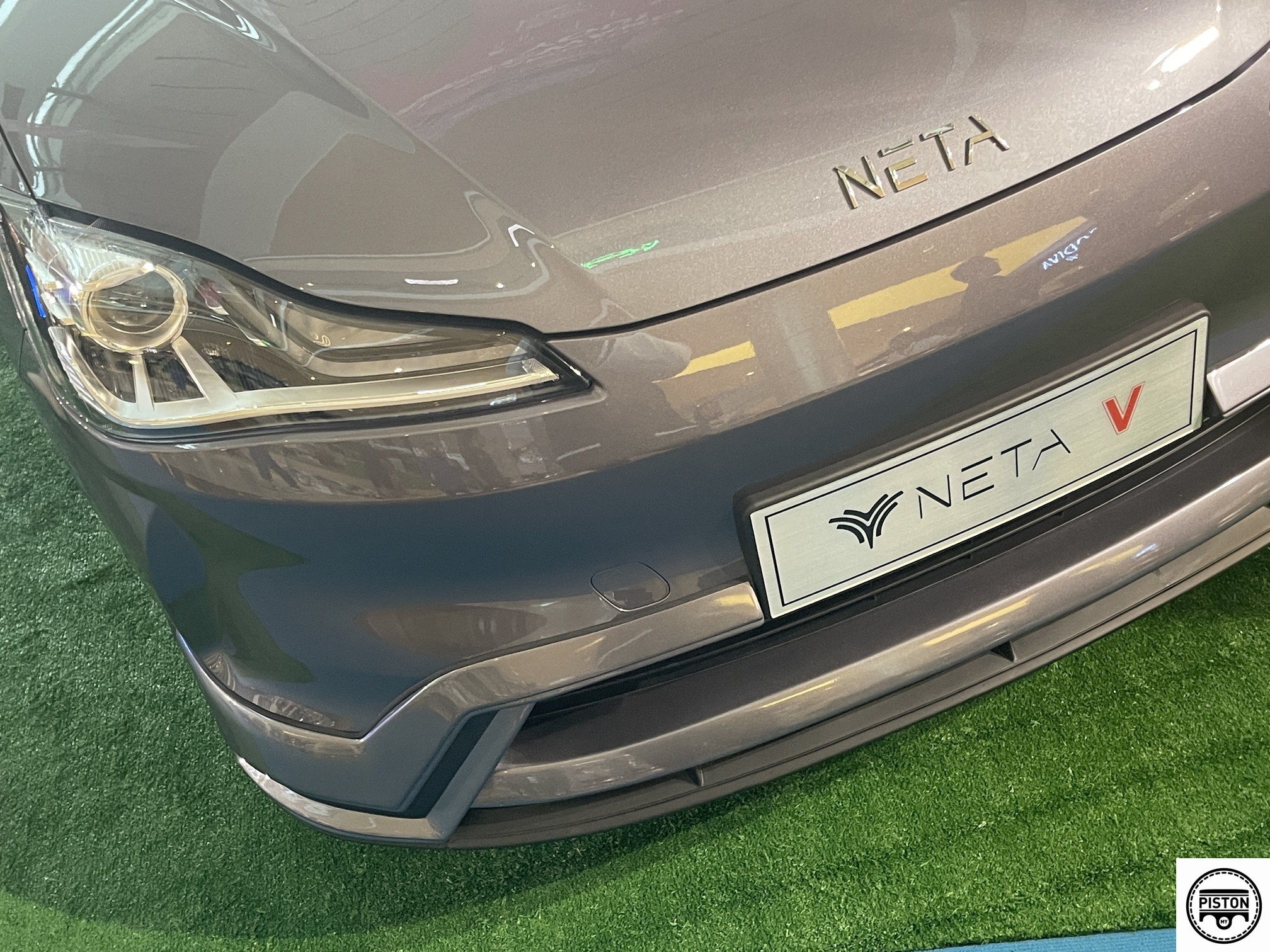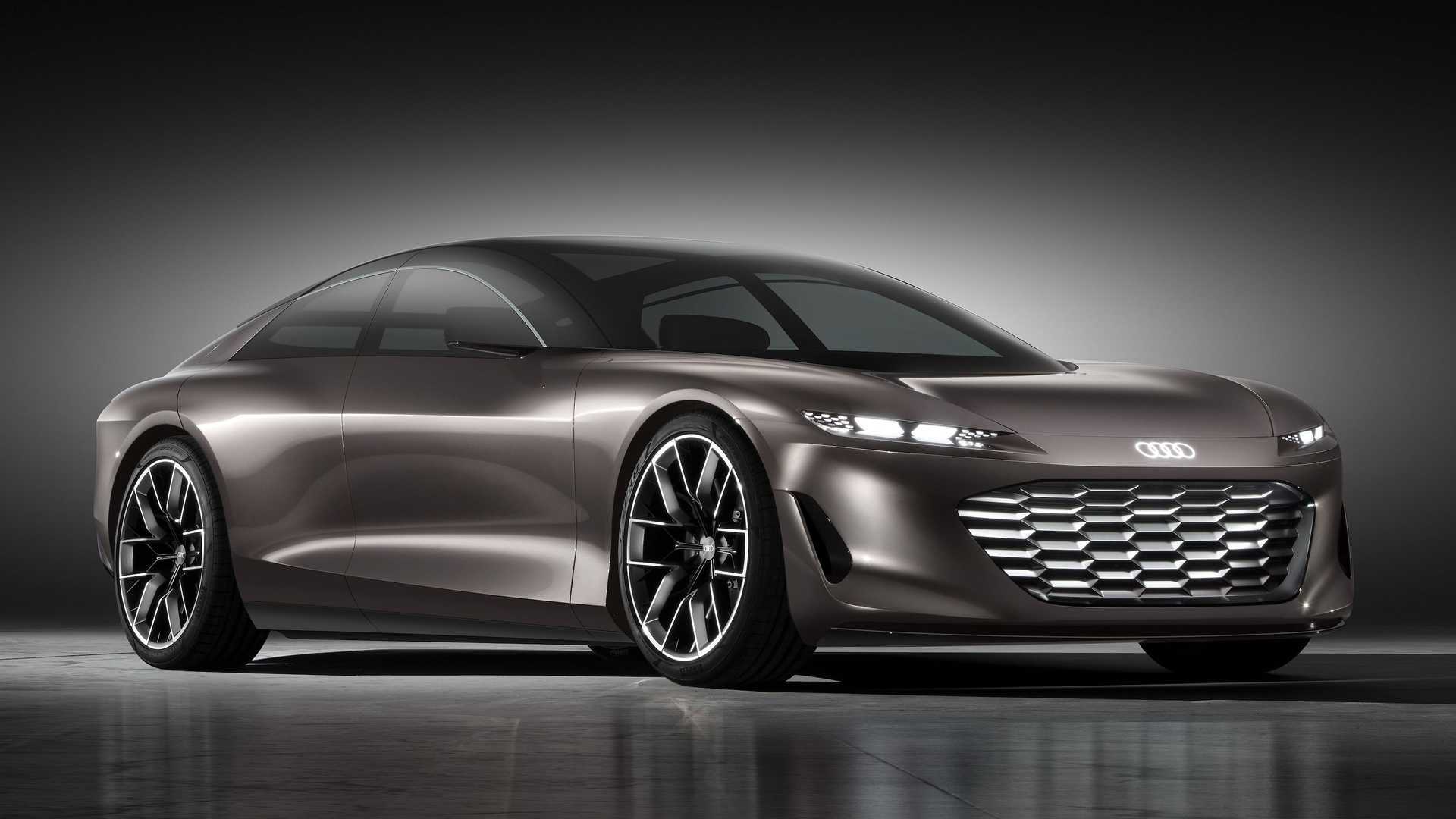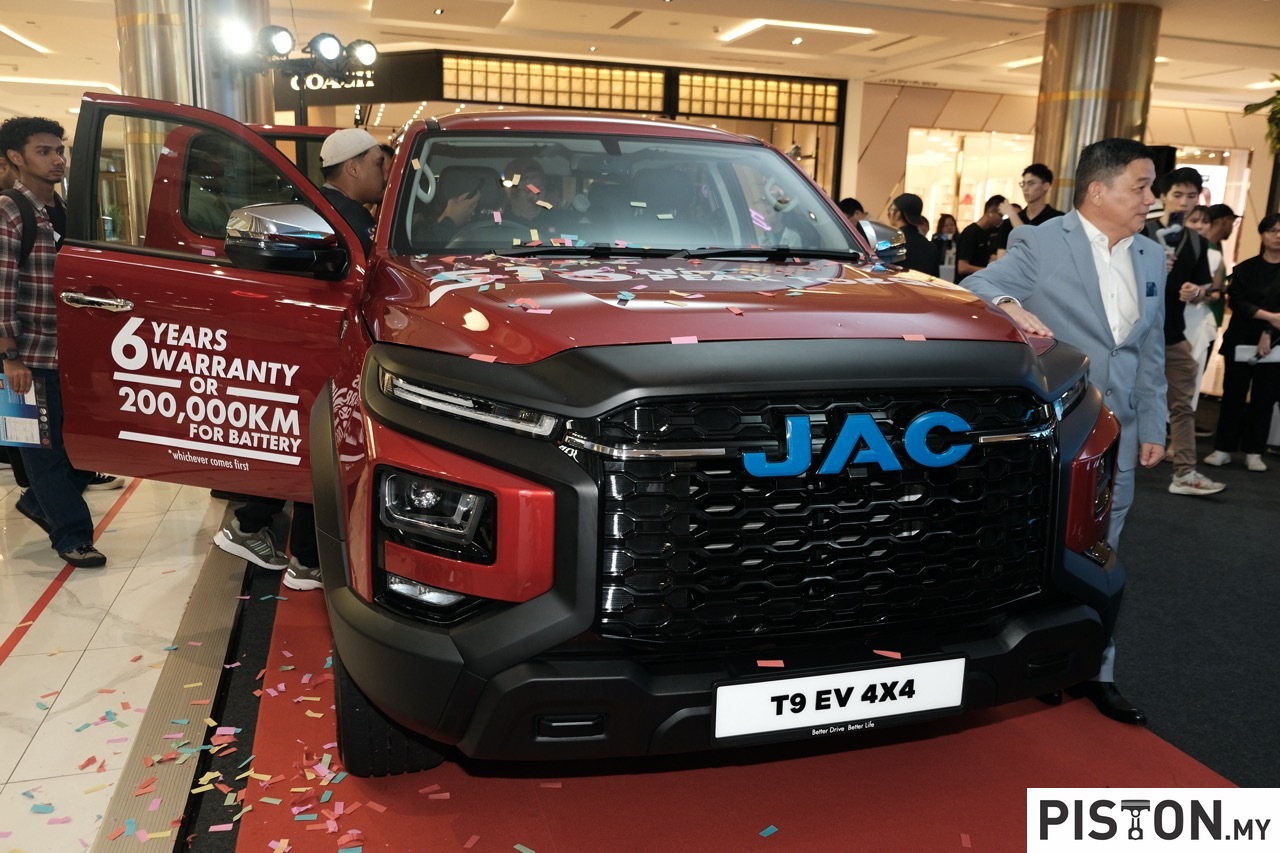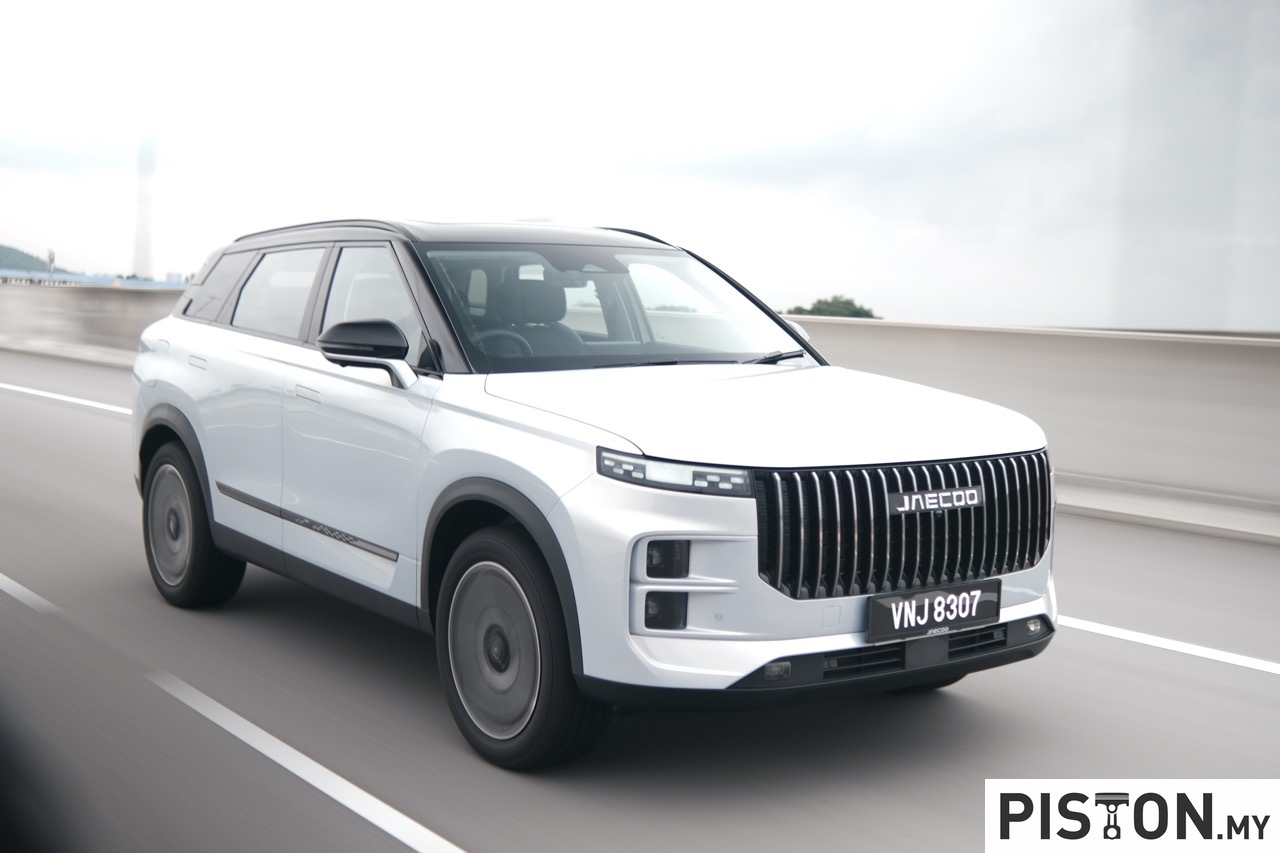Mitsubishi is finally taking the fight to the Ford Ranger and the Toyota Hilux, with the introduction of the sixth version of the Triton midsize truck, which has received a complete makeover for the first time in nine years.
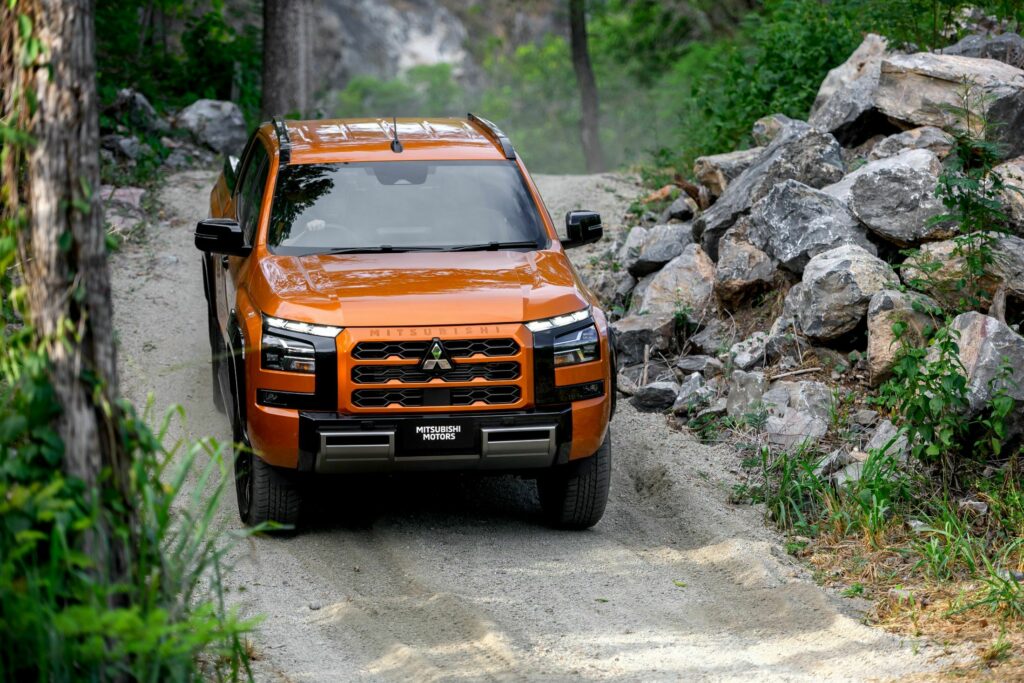
A bigger emphasis is placed on comfort and safety, and the tough bodywork is bigger than before. Also “newly developed” are the ladder frame chassis, suspension, and a more powerful turbo-diesel engine.
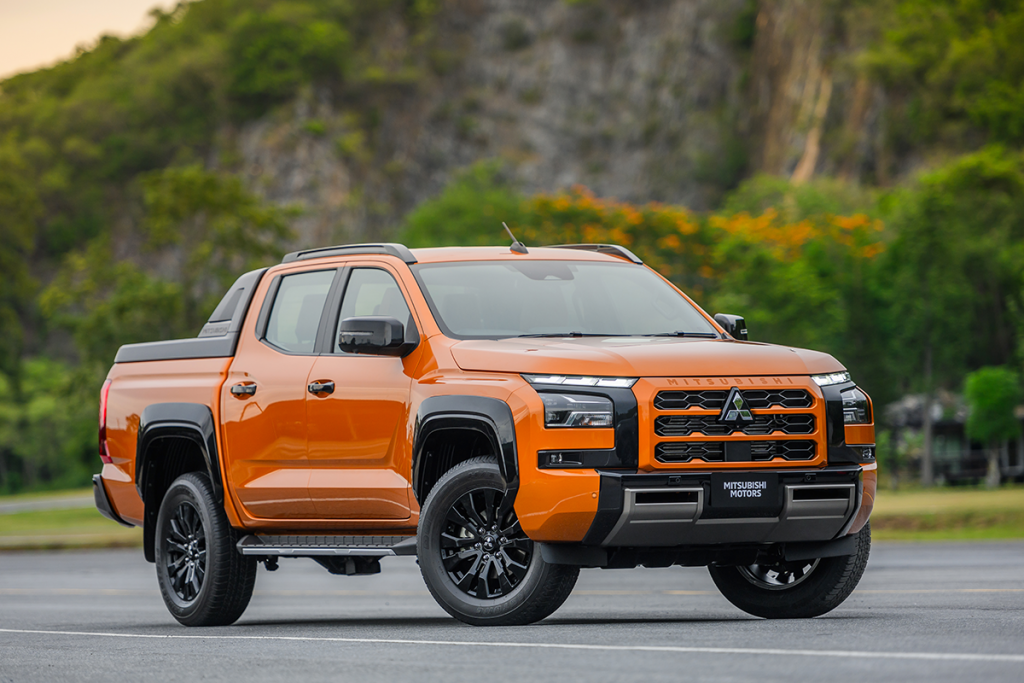
Compared to its predecessor, the new Triton has a boxier and more robust appearance while keeping several essential Mitsubishi characteristics, such as the split headlamps and a understated refined version of Mitsubishi’s Dynamic Shield surround the wider grille at the front, which is the truck’s focal point.
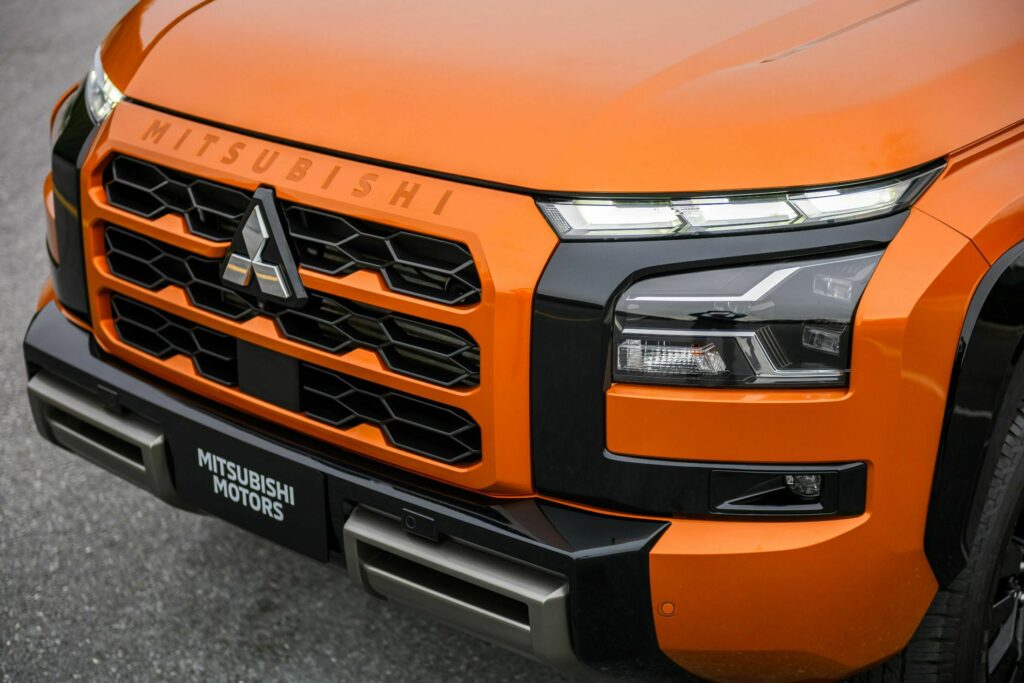
The flagship model will substitute black highlights for chrome and has a grille that is body coloured. The sculpted lines above the fenders in the profile strongly resemble those of the Nissan Navara, which is not surprising since the two trucks are related. Larger LED taillights that reach the profile are also featured on the back.
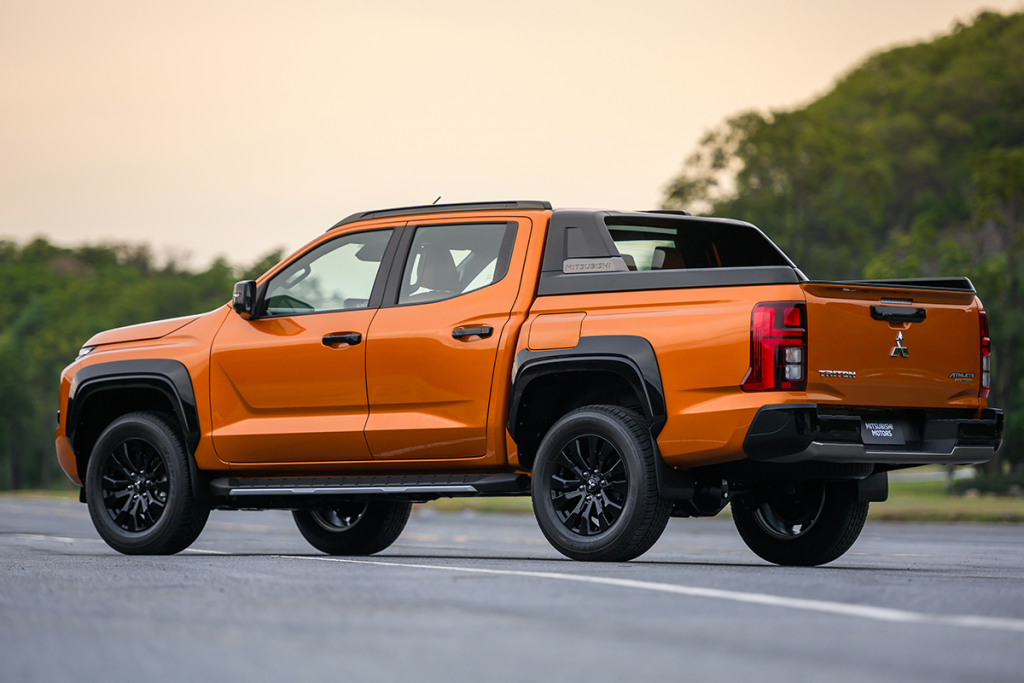
Mitsubishi highlights the broader side steps with better water drainage, the lower cargo bed height of 820 mm, and the strong stairs incorporated on the rear bumper as useful features. A variety of available extras, including the sports bar, bed liner, fender extensions and door garnish, may further spruce up the external look.
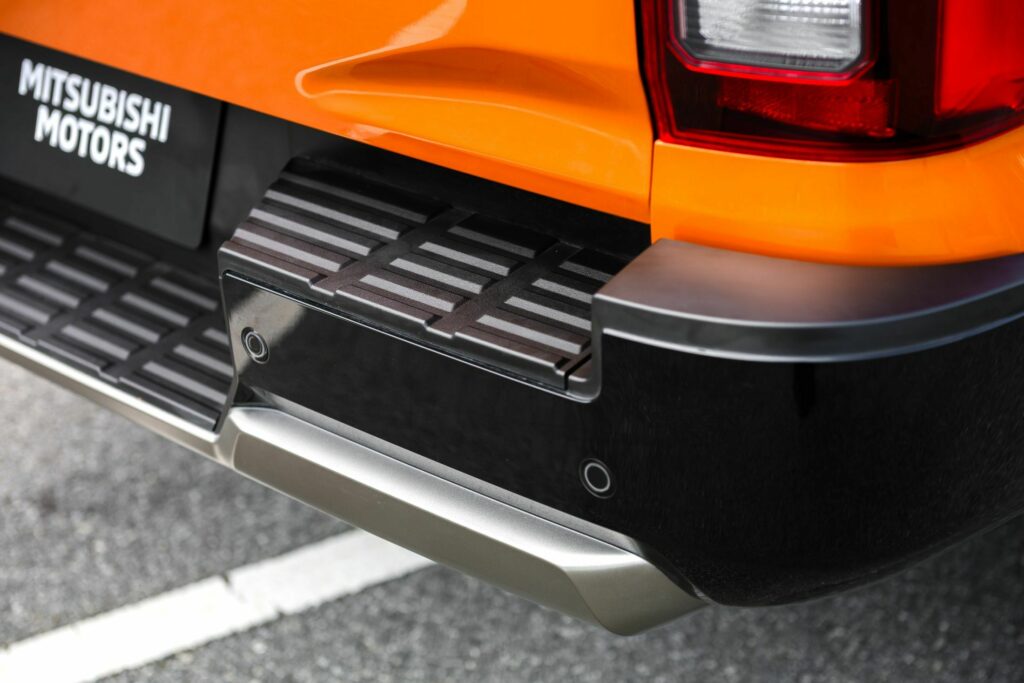
Three distinct power outputs are offered by the 2.4-litre four-cylinder diesel engine with a variable geometry turbocharger. The standard engine generates 148hp and 330Nm of torque; the mid-spec engine generates 181hp and 430Nm; and the high-output variant generates 201hp and 470Nm of torque.
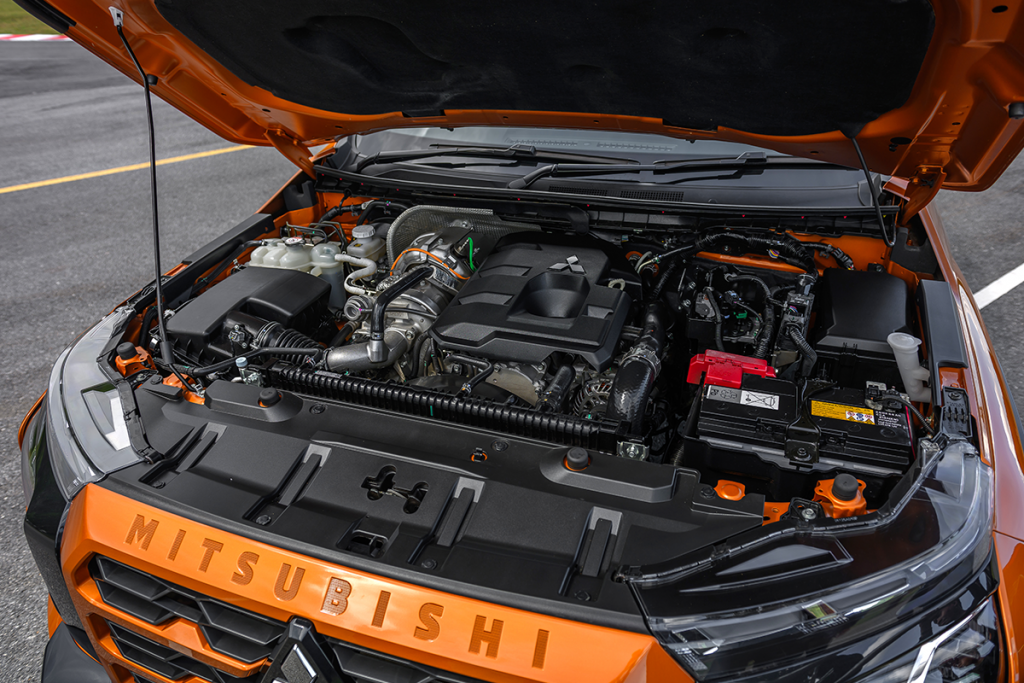
One of two 6-speed gearboxes — a 6-speed manual or 6-speed automatic — transmits power to all four wheels. The Easy Select 4WD or Super Select 4WD-II system, which includes a limited-slip differential in addition to the lockable centre differential, is standard equipment on the Triton. The driver may also choose from the following drive modes: Normal, Eco, Gravel, Snow, Mud, Sand, and Rock.
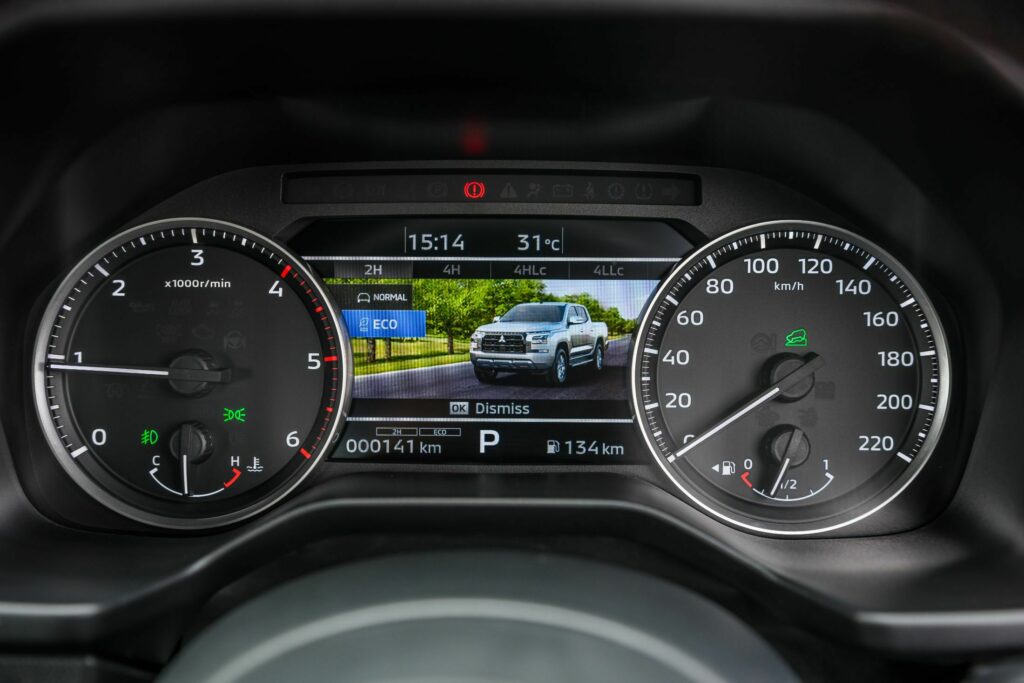
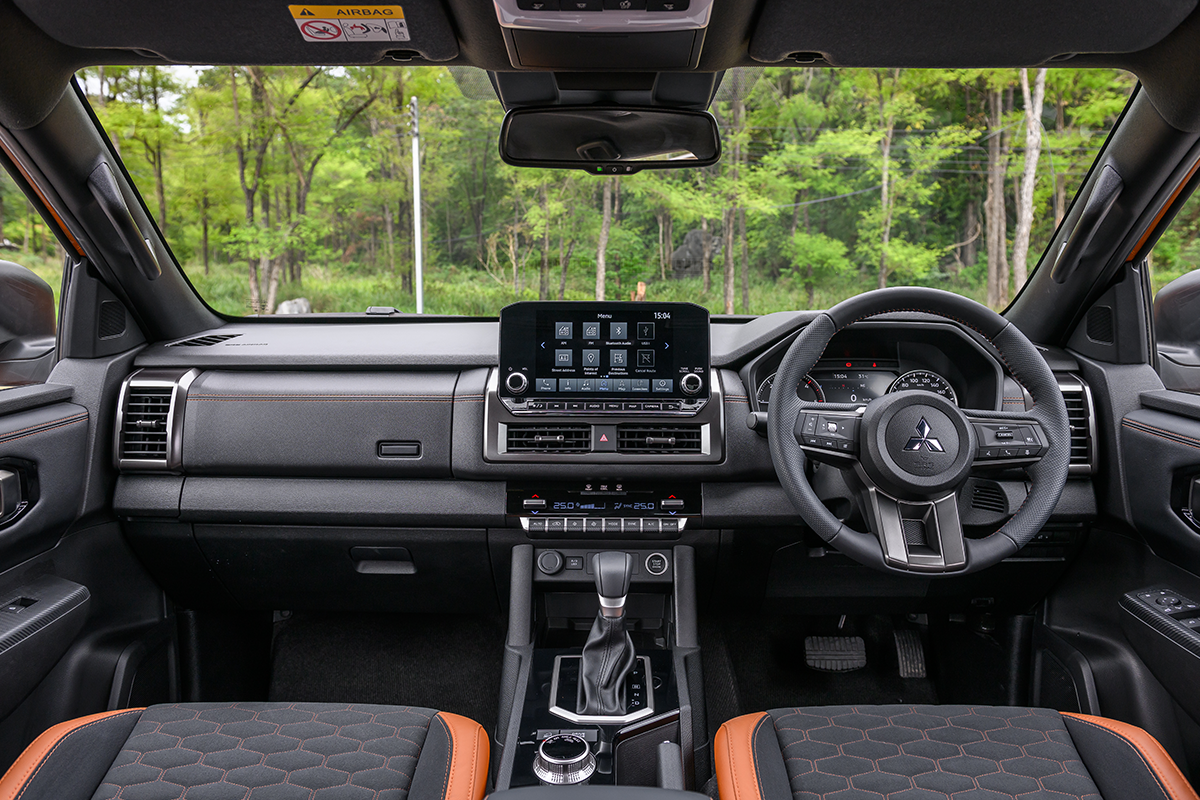
In comparison to its predecessor, the new ladder-frame chassis offers a 40% improvement in bending stiffness and a 60% increase in torsional rigidity. Weight increases have been minimised owing to an increased proportion of high-tensile steel, and the body is lighter than before. According to Mitsubishi, the revised chassis and suspension provide “significantly better ride comfort” and “road performance.”
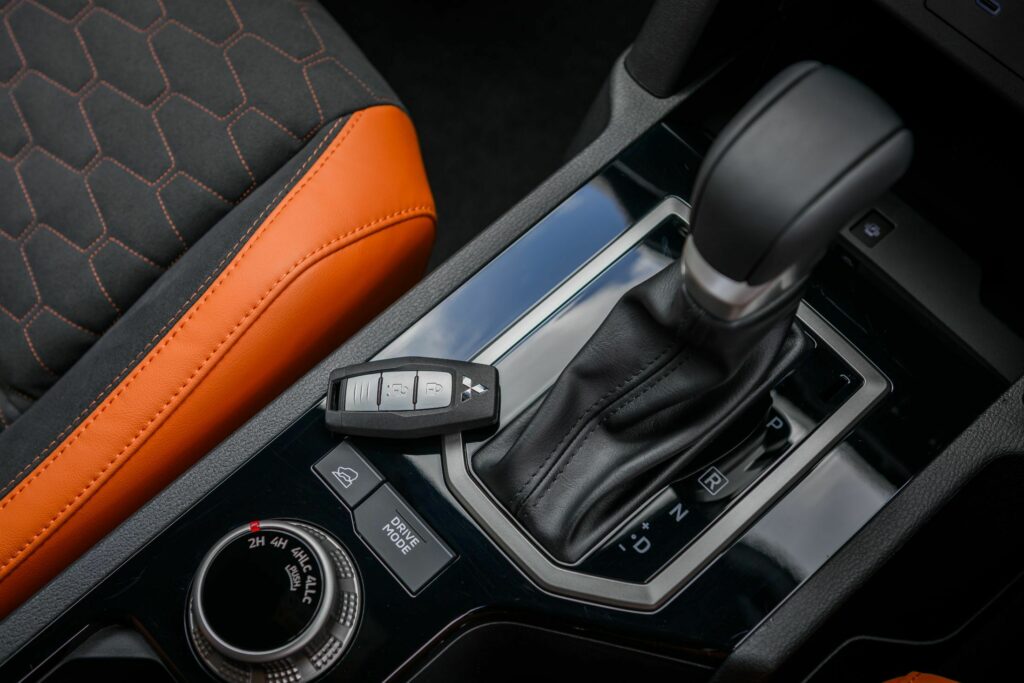
Mitsubishi has made almost 5.6 million pick-ups over the course of 45 years, and it has great expectations for the newest model. The new Triton is scheduled to go on sale in over 100 countries, according to Takao Kato, president and CEO of Mitsubishi. The new truck, according to Kato, is “the first global strategic vehicle to be rolled out at the start of our growth phase” and is an “extremely important model” for Mitsubishi.
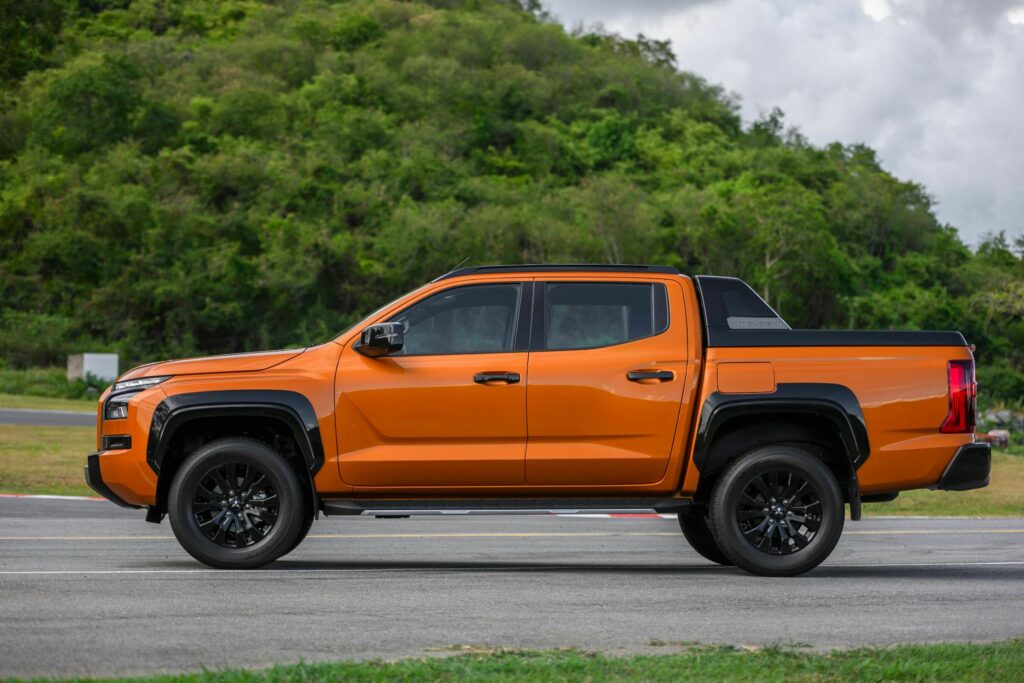
Thailand’s sale of the completely rebuilt Triton started today in Bangkok. The brand-new Triton will also be released in markets with a focus on the ASEAN and Oceania regions, and it will make its long-awaited return to Japan in early 2024. As for Malaysia, there is word that it will only be offered sometime in 2024 as well.


